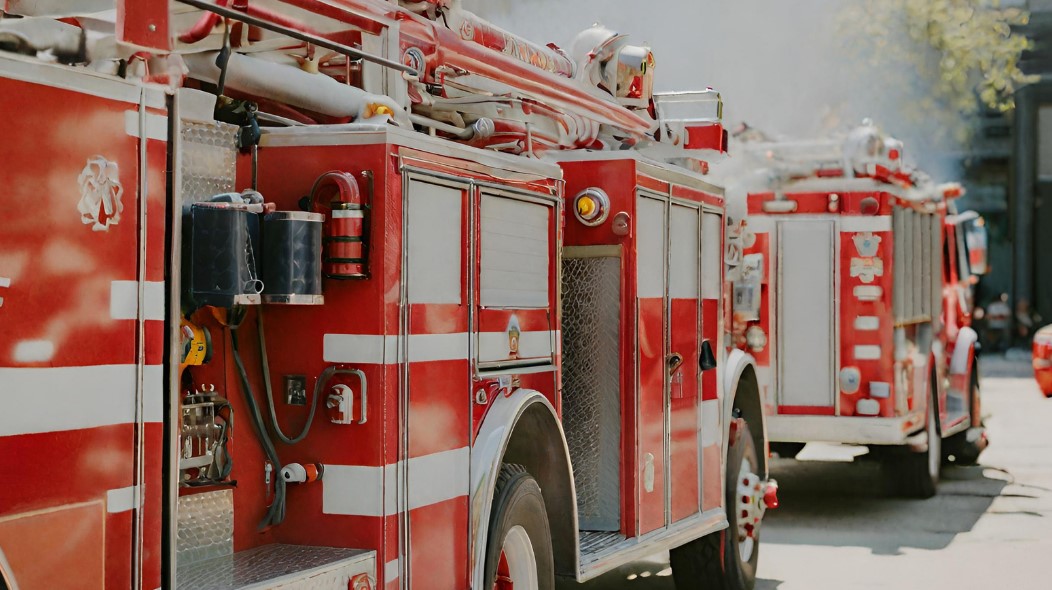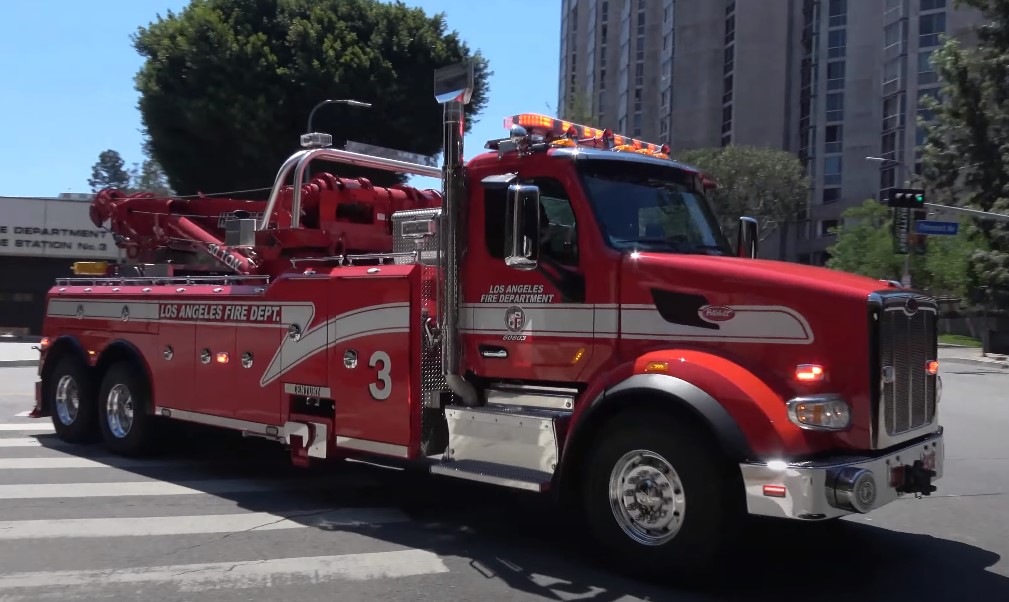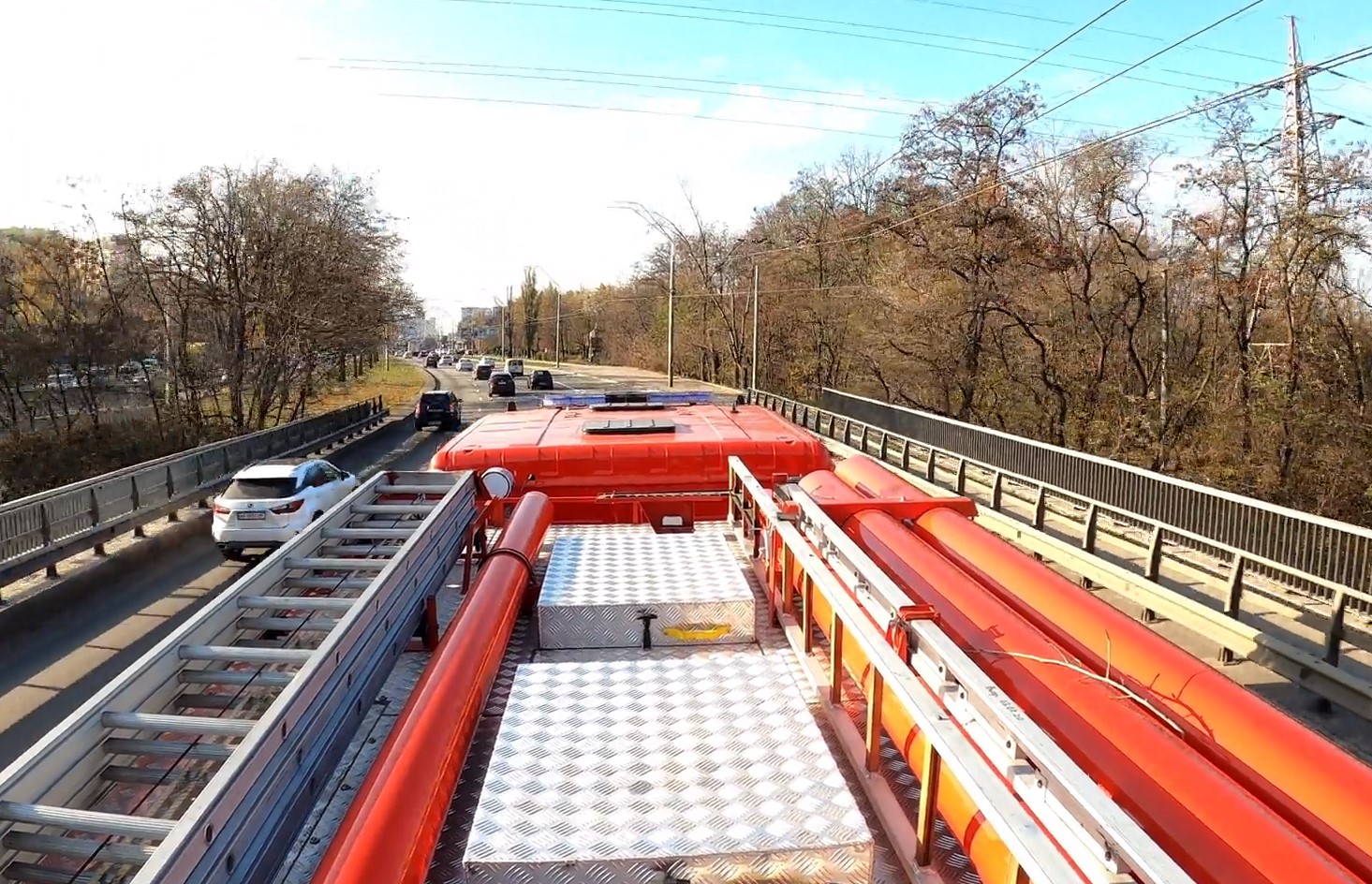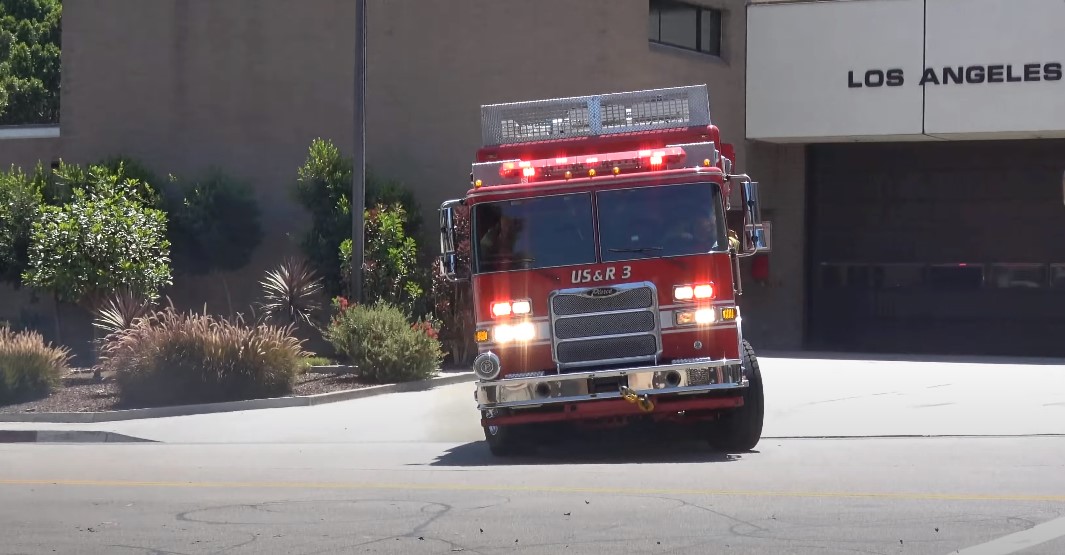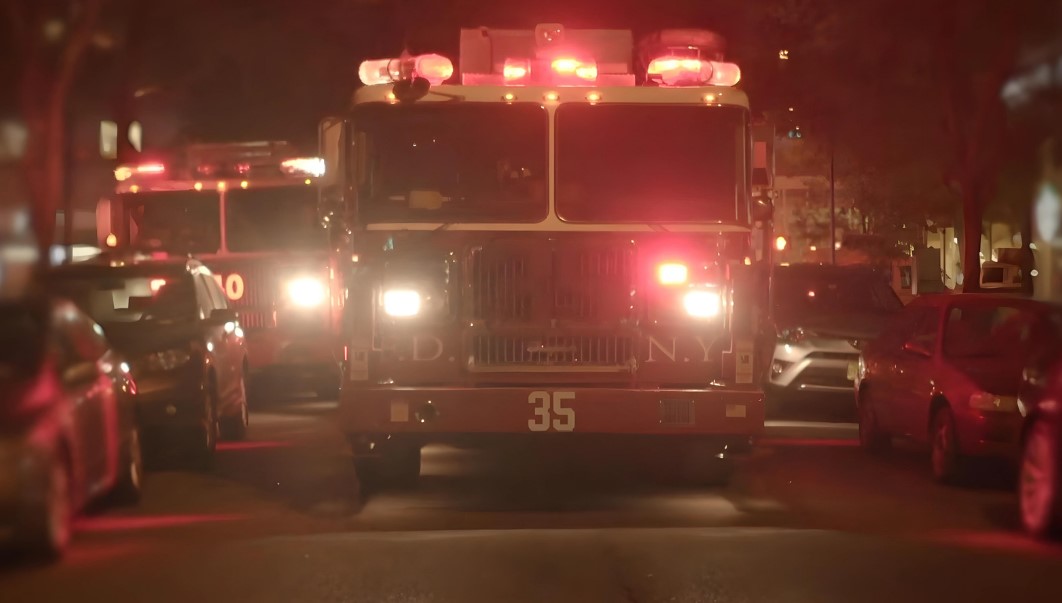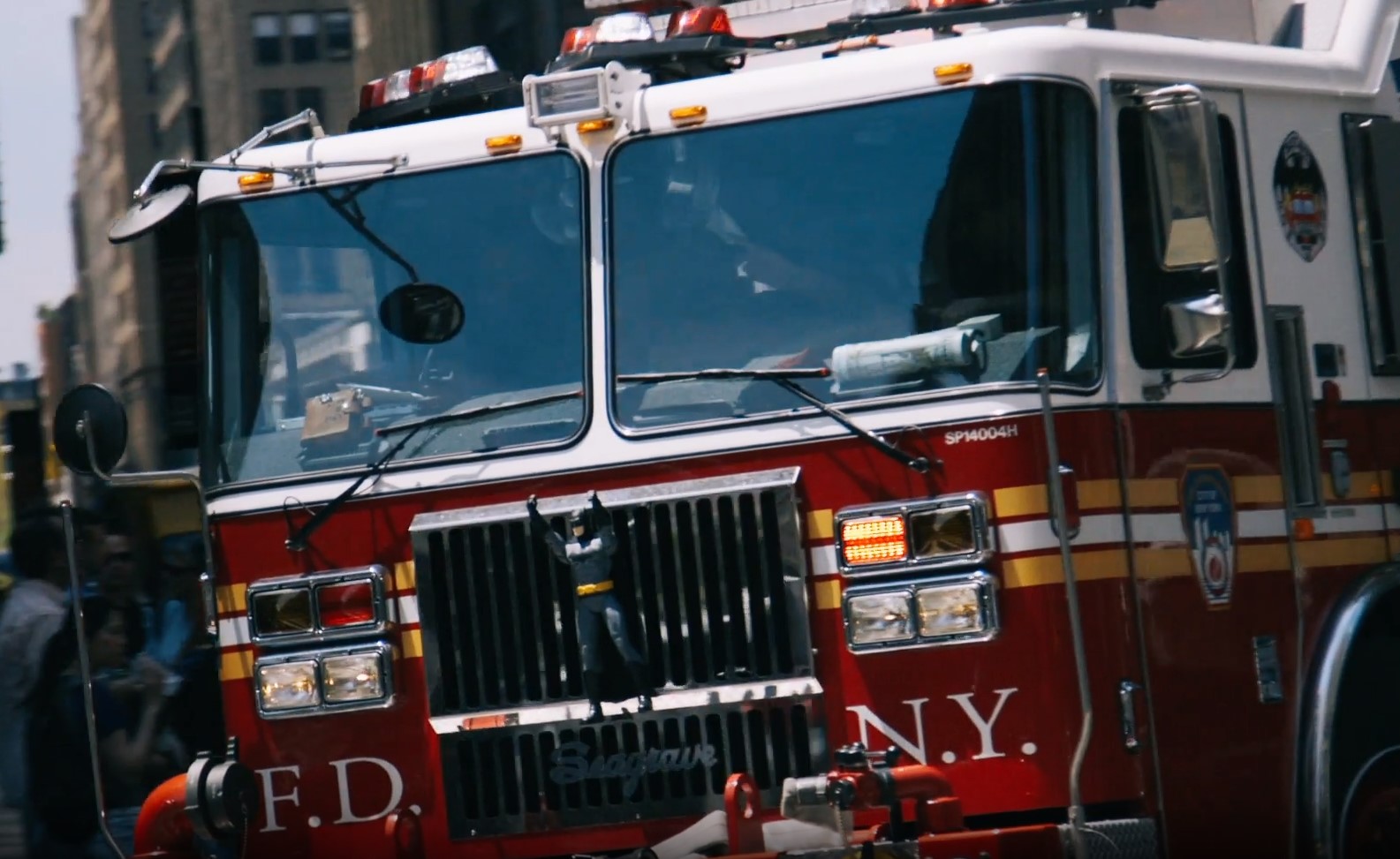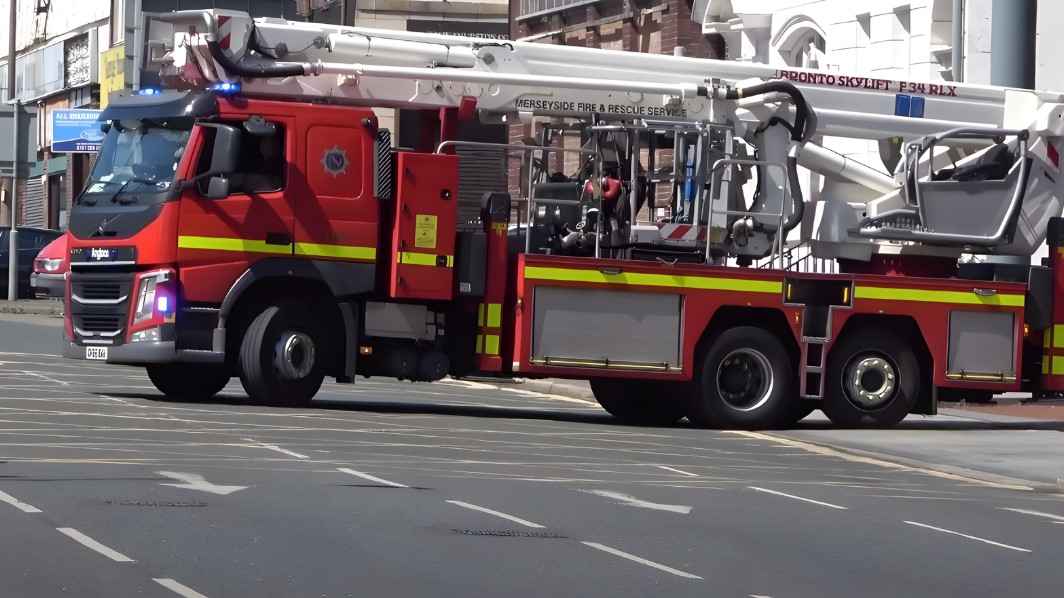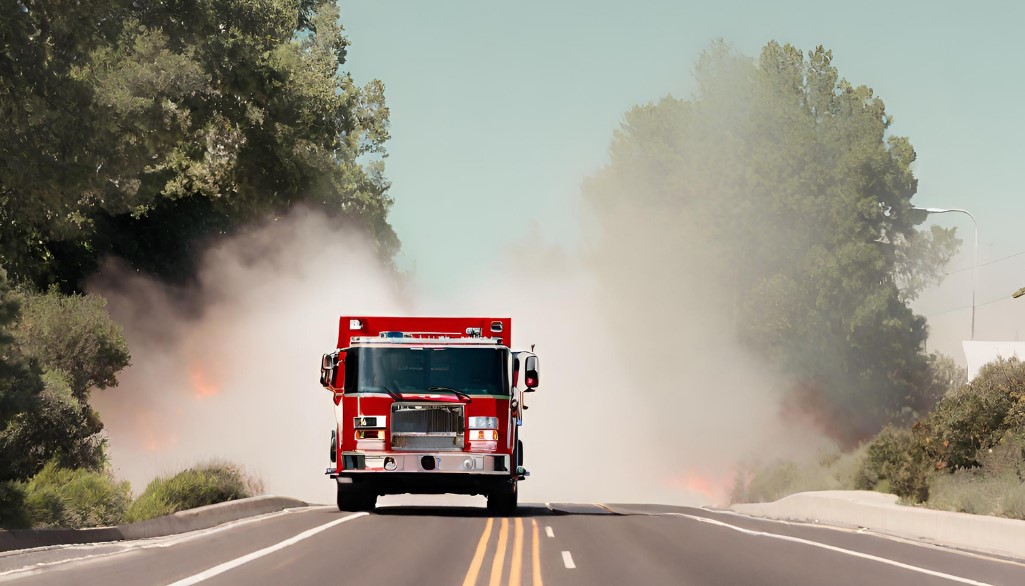Fire trucks are integral to emergency response, equipped with varied firefighting equipment, water supply, and personnel transport. The weight of these vehicles is a key factor in their design and operation, influencing everything from maneuverability to the safety of firefighters. Understanding how much fire trucks weigh is crucial not only for those in the emergency services but also for city planning and public safety.
Key Takeaways
- Multifunctional Fleet: The fire departments often have different models available in their fleets to have better access to different terrains and cases.
- Performance: The weight can have a serious impact on the technical features of these vehicles.
- Official Regulations: Commonly, many countries use specific laws to regulate the weight and ensure efficiency.
Types of Fire Trucks and Their Weights
Pumper Trucks
Pumper trucks, the backbone of urban firefighting, are equipped with a water pump, hoses, and a tank that typically holds around 500 to 750 gallons of water.
Average Weight: Ranging from 20,000 to 40,000 pounds (9 to 18 tons), these trucks are designed to balance maneuverability and capacity. They are versatile, being used for both firefighting and rescue operations.
Aerial Trucks
Average Weight: Weighing between 40,000 to 60,000 pounds (18 to 27 tons), their design accommodates the heavy hydraulic systems required for their aerial equipment.
Tanker Trucks
Tanker trucks, crucial in areas lacking a hydrant system, carry large volumes of water to fire scenes.
Average Weight: These trucks can weigh upwards of 50,000 pounds (22.5 tons), especially when equipped with larger tanks holding thousands of gallons of water.
Rescue Trucks
Rescue trucks carry an array of tools for various emergency situations, including hydraulic rescue tools, extrication equipment, and often medical supplies.
Average Weight: The weight varies greatly but can exceed 30,000 pounds (13.5 tons), influenced by the specialized equipment they carry.
Brush Trucks
Brush trucks are designed for wildfires and rough terrains, being more agile and smaller than traditional fire trucks. This model is crucial when there is a wildfire. Unfortunately, this type of disaster is more common in certain states.
Average Weight: Typically, these trucks weigh between 15,000 to 25,000 pounds (6.8 to 11.3 tons), enabling them to navigate through challenging terrains.
Airport Crash Tenders
These are specialized for aircraft emergencies and are equipped with advanced firefighting features like foam cannons.
Average Weight: They can weigh between 40,000 to 80,000 pounds (18 to 36 tons), a weight necessary to carry large quantities of foam and water.
| Type of Fire Truck | Average Weight (Pounds) | Average Weight (Tons) |
|---|---|---|
| Pumper Trucks | 20,000 to 40,000 | 9 to 18 |
| Aerial Trucks | 40,000 to 60,000 | 18 to 27 |
| Tanker Trucks | Upwards of 50,000 | 22.5+ |
| Rescue Trucks | Exceeds 30,000 | 13.5+ |
| Brush Trucks | 15,000 to 25,000 | 6.8 to 11.3 |
| Airport Crash Tenders | 40,000 to 80,000 | 18 to 36 |
Impact of Weight on Performance and Safety
Maneuverability and Speed
The challenge lies in balancing the need for carrying essential equipment and maintaining an optimal weight that allows for quick and safe navigation through city streets. In addition, the speed of response is critical in firefighting and rescue operations. A delay of even a few minutes can mean the difference between a controlled situation and a disaster.
Heavier trucks may have slower acceleration and reduced top speeds, impacting the overall response time. The challenge for fire truck manufacturers is to design vehicles that are both capable of carrying necessary equipment and maintaining a speed that meets the demands of emergency response.
Structural Limitations
This necessitates careful route planning to ensure that fire trucks do not traverse areas where their weight could cause damage. For city planners and engineers, this means constantly updating and reinforcing infrastructure to accommodate the evolving designs and weights of modern fire trucks.
The weight of these vehicles also plays a role in the planning and construction of new infrastructure, ensuring that bridges and roads can support their passage without risk of structural failure.
Safety Considerations
The weight of a fire truck significantly affects its braking distance and stability. Heavier trucks require a longer distance to come to a complete stop, which can be critical in emergency situations where every second counts.
This increased stopping distance needs to be factored into the training of drivers, ensuring they understand how to safely operate the vehicle in various conditions. Stability is another concern, especially when a truck is moving at high speeds or making sharp turns.
The risk of rollover accidents increases with weight, posing a danger not only to the firefighters inside the vehicle but also to civilians in the vicinity. Fire truck manufacturers must consider these safety aspects when designing vehicles, implementing features like advanced braking systems and stability control to mitigate these risks.
Legal Weight Limits and Regulations
USA Regulations
Federal regulations set baseline standards, while individual states may have additional requirements or allowances. These regulations cover a broad spectrum of considerations, from the maximum allowable weight of a vehicle to the distribution of that weight across its axles.
They also dictate the dimensions of the vehicle, ensuring that it can safely navigate roads and highways. Safety standards include requirements for braking systems, stability controls, and other features designed to reduce the risk of accidents.
For fire departments, adhering to these regulations is crucial. Non-compliance can lead to legal ramifications, including fines and restrictions on the use of non-compliant vehicles. It also poses a safety risk to firefighters and the public. As a result, fire departments must be diligent in ensuring that their vehicles meet all applicable regulations.
European Regulations
First, there is a greater emphasis on reducing the overall weight of the vehicle to lower emissions and improve fuel efficiency. This has led to innovations in the use of lightweight materials and more efficient design practices. Additionally, European regulations often require advanced emissions control systems to reduce the environmental impact of these vehicles.
For manufacturers of fire trucks, these regulations necessitate a deep understanding of the unique requirements of the European market. They must design vehicles that not only meet the operational needs of fire departments but also comply with strict environmental and safety standards.
International Standards
ISO standards cover a range of aspects, from the basic design and construction of fire trucks to more specific features like fire pumps and ladders. They also set guidelines for safety features, including braking systems, stability controls, and emergency lighting. By adhering to these standards, manufacturers can ensure that their vehicles are safe, reliable, and capable of performing in a variety of emergency situations.
For fire departments around the world, these international standards provide a framework for selecting and operating fire trucks. By choosing vehicles that meet ISO standards, departments can be confident in their performance and safety, regardless of where they are manufactured.
FAQs
How heavy is a Firemans kit?
A fireman’s kit, also known as turnout gear or bunker gear, consists of a helmet, hood, coat, pants, boots, gloves, and air pack. The average weight of a fireman’s kit is around 45 pounds, but it can vary depending on the additional equipment a fireman carries.
How much horsepower does a fire truck have?
A fire truck is a vehicle that transports firefighters and their equipment to the scene of a fire. It usually does not carry water or have a pump. A fire truck typically has an engine with 260 to 600 horsepower, depending on the size and type of the truck.
How much water is in a fire truck?
A fire truck is different from a fire engine, which is a vehicle that carries water and a pump to fight fires. A fire engine can carry between 300 and 1250 gallons of water in its onboard tank, with an average of 500 gallons. Some fire engines can also attach a drop tank that can hold up to 2000 gallons of water.
How tall is a fire truck?
A fire truck is usually longer than a fire engine, because it has an aerial ladder on top that can extend to reach high places. A fire truck is typically about 40 feet long, 10 feet wide, and 12 feet tall, but some are much larger. The height of a fire truck does not include the extended ladder.
Last Words
As we have explored, the weight impacts everything from maneuverability and speed to safety considerations and adherence to legal standards. The balance between equipping these vehicles with necessary firefighting and rescue tools while maintaining a manageable weight is a significant engineering and logistical challenge.

